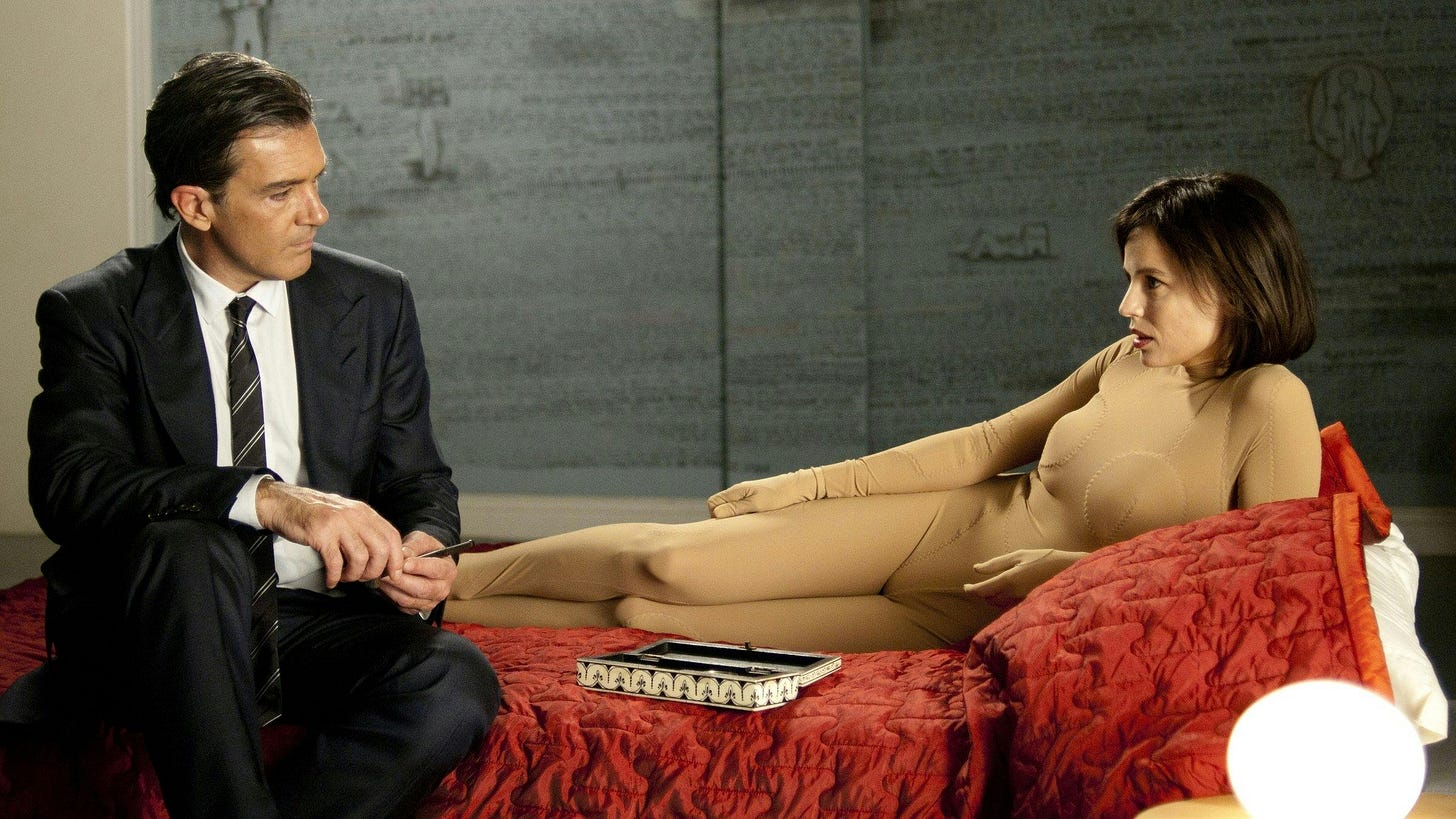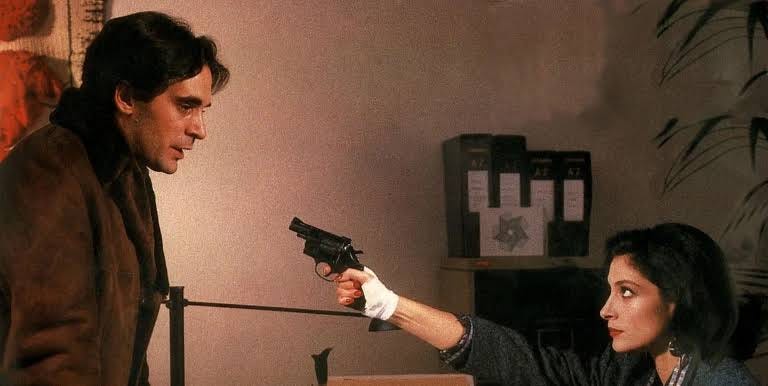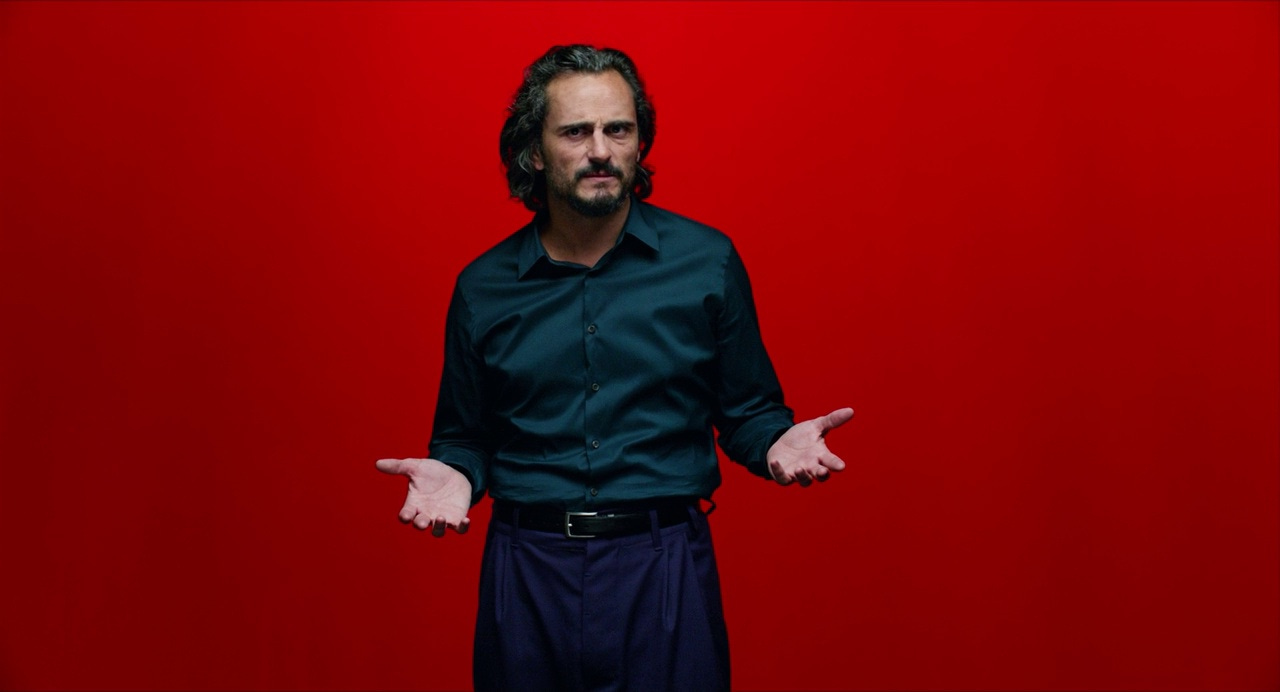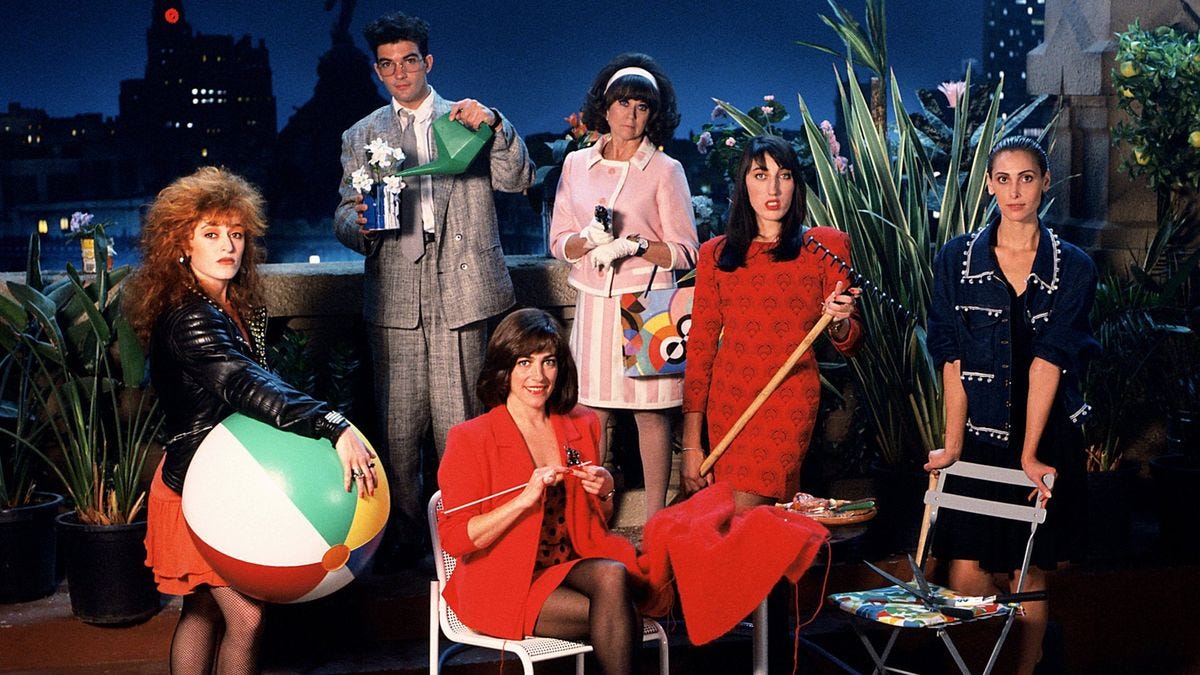By “differences,” I do not just mean opinions and beliefs—as in, “Oh, you guys have to settle your differences.” We will also discuss differences in identity and being, starting now.
Me vs. You
I know that humans create the dichotomy of “self” and “other” because we are conscious. We also get caught in “us” vs. “them,” thinking that developed millions of years ago when we needed small-group cooperation to gather, hunt, and be protected from threats.
Our brains can be pretty lazy and rely on stereotyping and bias to make most of our decisions. This type of thinking means we tend to favor ourselves and our groups while treating “the other” with suspicion and even negativity. We can see our humanity, validity, and complexity, but not that of the “other.” The “other” is not like us; they are simple, and their group is monolithic.
Last month, I saw the famous Casablanca (1942) for the first time, and I think it’s a good example of how this cognitive bias works. The movie portrayed Nazi Germany’s occupation of France as terrible while ignoring and normalizing the French occupation of Morroco. We were supposed to see the French characters as righteous victims even though they were benefiting from Morrocco being under their control. Meanwhile, the Moroccan characters were just props. But I guess we can cut them a little slack because there was a decent representation of minorities for a movie of that era. There was even a black man with not just lines but a character arc.
Still, the message is clear: White people are civilized and moral, so they should not be oppressed. But because they are so superior, they can exploit and subjugate others.
But white supremacy is a baby compared to a much older system of othering.
Man = Human
When it comes to expressing “masculine” as the default,” English is not even as bad as Romance languages. The grammar of these languages is just one of the many ways we learn that to be male is to be human, but to be female is to be “the other kind of human.”
Like all forms of othering, the belief evolved from differences. For males and females the difference is basically one sex evolved for productive exertion while the other evolved for reproductive exertion. But while both roles are essential to the continuation of the species and both sexes contribute to production and reproduction, one is regarded as superior to the other. Why is this so?
Well, because humans rarely stop at recognizing differences, we often give value judgments to them. These judgments usually go like this:
We/our group is “good,” “normal,” or “superior,” while the other is “bad,” “abnormal,” or “inferior.
But why is it that basically all human society came to see femaleness as inferior? Shouldn’t it be that females see themselves as superior and males also see themselves as superior? Well, females are just not as good at inflicting physical violence.
Violence has been the primary method of asserting dominance for millennia, and when human societies underwent the neolithic/agricultural revolution, its intraspecies presence became much more pronounced. After the last ice age, ancient human populations domesticated animals, learned how to grow crops and crafted sophisticated tools. These developments allowed them to transition from a nomadic hunter-gathering culture to settlers with private property. To defend these private properties, violence became necessary, disadvantaging the female build. As a result, the Patriarchy emerged, and birthing bodies became yet another resource to control.
What Makes Might?
Hierarchies are rarely stable. Empires rise and fall. While “might makes right,” what makes “might” changes and depends on the environment.
Take the tiger, for example. It is generally considered the most powerful cat in terms of its strength, size, and hunting ability. Yet, tigers are on the brink of extinction. Meanwhile, house cats, the weakest in the cat family, are flourishing. Why? Because their “might” is not in physical strength but adaptability, intelligence, and cooperation with humans.
A similar shift is happening with human power structures. Since the Industrial Revolution, societies have relied on machines for production and warfare, reducing the need for physical strength. Cultural and legal changes have also challenged the idea that women are property or “other/sub-human.”
The male build is no longer the default for power.
What About Differences in Beliefs?
While much of this discussion has focused on identity, let’s talk about differences in belief.
I first joined Twitter during the boredom of the COVID-19 lockdown. The platform promptly stripped me of my certainties. Someone could say that blue is a color, and another person would pose a sound argument that it is not. I got caught in a crisis of relativism because even science, the authority of my morality, was making it difficult for me to believe in objective truths.
During the pandemic, scientific authorities would declare something true one day and call it false the next. I also spent a lot of time “hearing both sides” on Twitter.ng.com and sometimes finding research that supported both sides. I noticed that there is no scientific consensus on many subjects, especially in the social sciences, and as a layperson, your stance kind of depends on what you value.
Core values are the product of our personalities, personal experiences, and cultural environments. We often derive our beliefs from them before looking for reasons why they are right (rationalization). Because of how our core values and, therefore, beliefs develop, they are entwined with our identities. We invest emotions into them and often feel threatened when we encounter information that is different. Information that challenges our beliefs.
Valuing Differences
Although differences threaten our identities and worldviews, they are part of our existence. The real challenge is not eliminating differences but learning to exist with them without defaulting to fear, hierarchy, or hostility.
Ideologies built on "us vs. them" thinking, where one group is glorified while others are dehumanized, are inherently unstable. They treat differences as threats to be controlled or erased. But even if you succeed in eliminating the “other,” new divisions will inevitably emerge. If your worldview justifies seeing your distant relatives (we are all related, mind you) as a separate tribe to conquer, your descendants will eventually splinter into new tribes and turn on each other. No matter how many lines are redrawn, there will always be a new “other” to fight.
So, will we ever be okay with differences?
Maybe not completely. But we can learn to live with them. Tolerance is not about agreeing with everyone; it’s about recognizing that disagreement doesn’t have to mean destruction.
However, some differences do demand destruction. The moment we shift from debating ideas to debating the existence of certain people, not for their beliefs but for who they are, we reject coexistence.
History shows the cost of failing to draw that line, and we can’t afford to forget it.
Author’s Note
I told myself there would be no serious writing this weekend on Substack. Because who really has the time or wants to read a dense book review on Dream Count? I even went through my old entries and missed how light and fun they were.
Now thinking of making my next post an interactive one. Something like this. But I want you to ask me thoughtful questions. Philosophical questions, challenges in your life, or something interesting you’re curious to hear about mine. You can even ask more than one question via this link.
Also, while I was writing this, I realized I’d covered the subject on my Substack before but not in an argumentative style. You can check the short prose poetry here and compare it to this essay.
For my photo choices, I chose only Pedro Almodóvar movies starring Antonio Banderas. That, to me, is such an interesting coincidence.
Till next time.
Like, share, and leave your questions here










The moment we shift from debating ideas to debating the existence of certain people, not for their beliefs but for who they are, we reject coexistence. History shows the cost of failing to draw that line, and we can’t afford to forget it.
👏👏👏